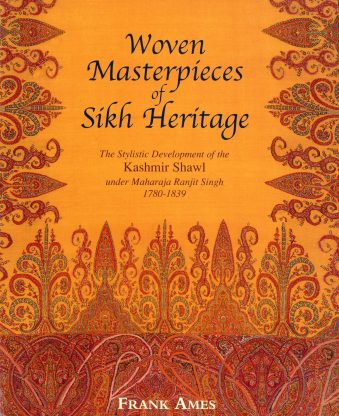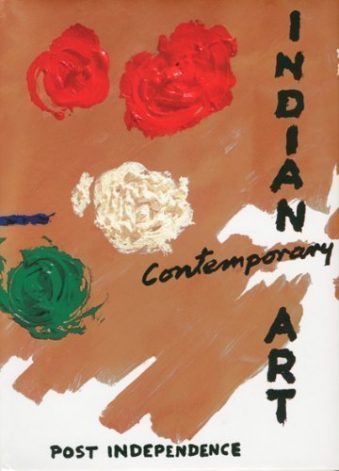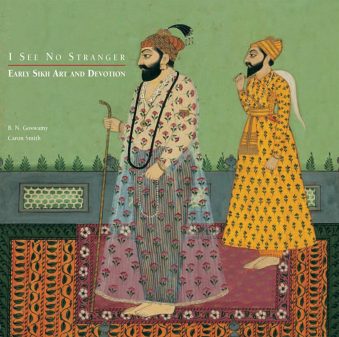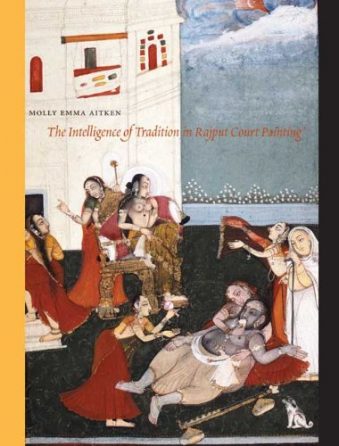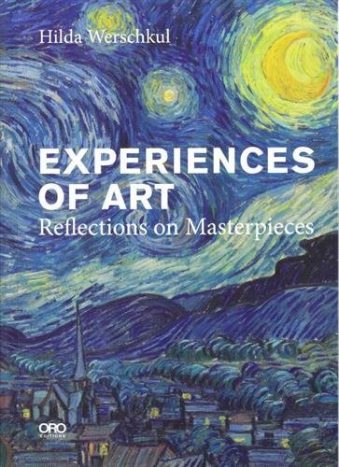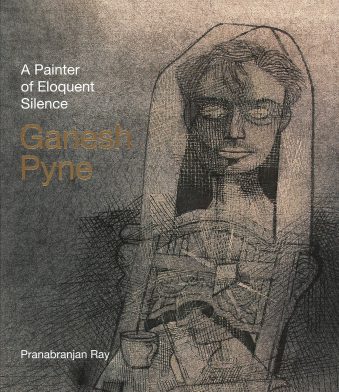- Empty cart.
- Continue Shopping
Peerless Images – Persian Figural Painting & its Sources: Persian Figural Painting and Its Sources Hardcover,2002
₹1,950.00
Author : Eleanor Sims
Publisher : Yale University Press (4 October 2002)
Language : English
Hardcover : 226 pages
ISBN-10 : 0300090382
ISBN-13 : 9780300090383
1 in stock
A survey of the figural arts of the Iranian world from prehistoric times to the early-20th century, considering themes rather than styles. Primarily analyzing painting – in manuscripts and albums, on walls and on lacquered, painted pen boxes and caskets – but also the related arts of sculpture, ceramics and metalwork, the author finds that the underlying themes depicted on them through the ages are remarkably consistent. Eleanor Sims demonstrates that all these arts display similar concerns: kingship and legitimacy; the righteous exercise of princely power and the defence of national territory; and the performance of rituals and the religious duties called for by the paramount cult of the day. She describes a variety of superb works of art inside and outside these categories, noting not only how they illustrate archetypal themes but also what it is about them that is unique. She also discusses the ways that Iranian art both influenced and was influenced by invaders and neighbouring lands. Boris Marshak discusses pre-Islamic and also Central Asian art, in particular the earliest Iranian wall paintings and their pictorial parallels in rock carvings and metalwork, and the richly painted temples and houses of Panjikent. Ernst Grube considers religious imagery, and provides an informative bibliography.
Peerless Images focuses on paintings from Persia, an amorphous culture shaped by a variety of influences. After detailed and fascinating introductions to each century of classical Persian art, Sims and Marshak analyze more than 200 paintings, each exquisitely reproduced. They include relatively famous prints of scenes from books like Language of the Birds and Rose Garden, as well as scores of lesser-known paintings, including depictions of Sufi life and even portraits, which are sometimes considered a typically Persian style of painting. Their analysis is scholarly, but historical anecdotes and the paintings themselves will interest even casual admirers of Islamic art. John Green






